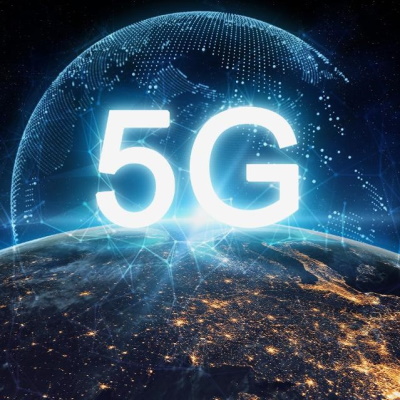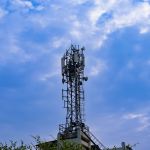News
Created by STL Parners in collaboration with Total Telecom, the 5G-aliser shows you at a glance how key developments in the world of 5G are affecting the market
5G makes the headlines of telecoms news nearly every day. From spectrum auctions to network slicing, there’s always something going on in the world of 5G, so much so that a useful overview of the state of play can become impossible. Until now.
Enter: The 5G-aliser
Created by STL Partners in collaboration with Total Telecom, the 5G-aliser has been designed to show exactly how key developments are accelerating or hindering the growth of the 5G market growth.
But how does it work?
The key drivers
The 5G-aliser assesses the outlook for the 5G market based on 20 key factors that drive supply and demand for the new technology. These are split into three brackets:
• Primary drivers: Factors that have the greatest importance right now.
• Secondary drivers: Factors that are expected to become more important as 5G technology matures.
• Wildcards: For factors that are having a large impact but are less predictable.
The 20 factors shown across the bottom of the 5G-aliser are colour-coded for ease of reading: blue for those driving supply, red for those driving demand, and yellow for those that impact both supply and demand.
The top row of the 5G-aliser shows the overall supply and demand levels for 5G. This high-level view is based on the absolute levers in the middle of the diagram, which show the current importance of each 5G driver on the market development.
So, what’s affecting the 5G-aliser’s levers right now?
As of April 2020, spectrum availability and government 5G strategy and policy (for instance on cell-site planning permits and fees) are having the biggest impact on telcos’ ability and willingness to invest in 5G. These, along with operators’ ability to train or recruit scarce 5G network deployment engineers – which is largely down to their financial health – are determining their 5G roll out timelines.
When it comes to demand, although there aren’t any pure-5G-dependent consumer use cases yet, the cost of entry level 5G smartphones has already dropped below $300 and China and South Korea continue to report strong subscriber growth. However, these countries are the exceptions rather than the rule, with slower growth expected in Europe and North America. Meanwhile, enterprise 5G services will mostly depend on technology in on the delayed 3GPP Releases 16–18 and 5G standalone cores, so we see this demand at near-zero for now, beyond pilots and research projects. Overall, this means that demand for 5G remains below supply for now.
The bottom level equaliser shows the relative change of each factor over time. Not a whole lot has changed since the first edition of the 5G-aliser in March, but as we update it every month the patterns will emerge.
Wildcard impact
It’s hard to predict exactly what new 5G drivers might emerge in future, so the wildcard factors are subject to change as new factors arise. COVID-19 is clearly the most important wildcard now. As operators focus on network resilience and coping with staff shortages, their focus has shifted somewhat from 5G roll outs to “business as usual”, although some operators (e.g., Telstra) have stated that they are pulling a significant tranche of 5G investments forward.
The pandemic has also had a significant affect on 5G spectrum availability, with many spectrum auctions being delayed until further notice due to health fears.
However, the true impact of COVID-19 is not yet fully understood – for instance some operators’ enterprise revenues may be squeezed over the next 6–12 months as many retail and small businesses have shut down and not yet reopened. Plus, consumers hit hard by the economic impact of the pandemic are unlikely to prioritise buying a new 5G phone.
This month’s “guest feature” in the wildcards section is ‘5G conspiracy theories’, whose proponents have capitalised on people’s fear around the coronavirus pandemic to incite damage on operators’ network equipment. Although this has put the breaks on some operators’ deployments, regulators in the UK and France have both recently published reports demonstrating that radiation levels from 5G are well within regulatory limits. Whether these and other attempts to debunk the misinformation surrounding 5G will be successful in reducing attacks on infrastructure remains to be seen.
Have your say
The 5G-aliser will be updated monthly, but we need your help. What do you think was the most important factor for the development of 5G this month? How should we move the levers? Let us know via social media or directly via email.


















